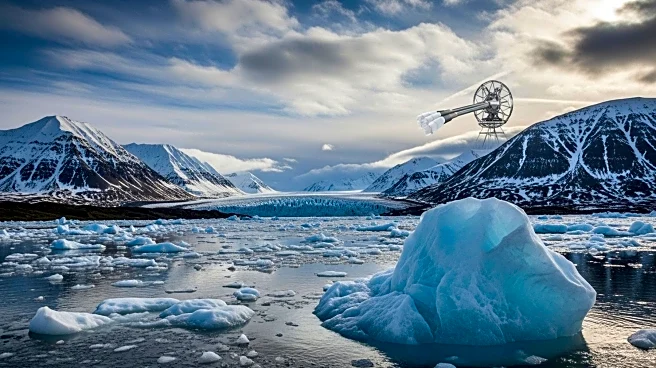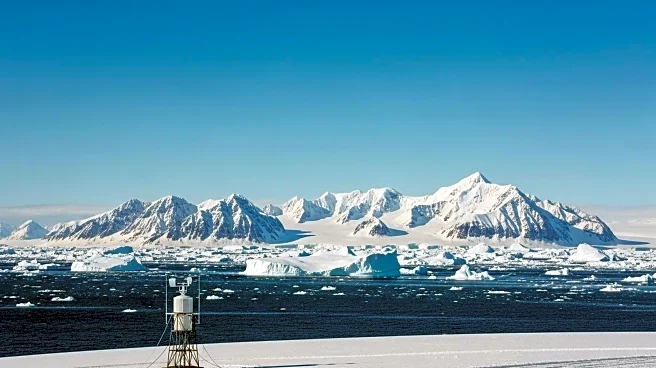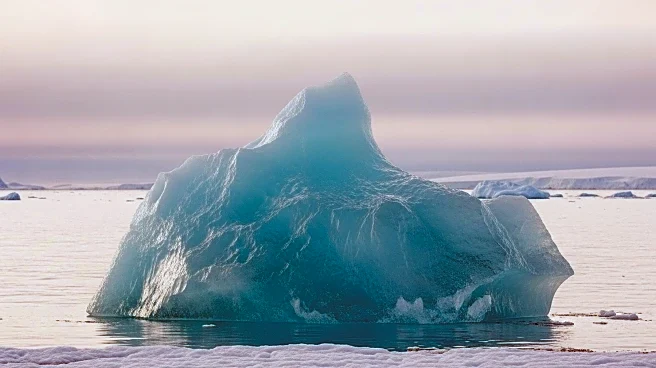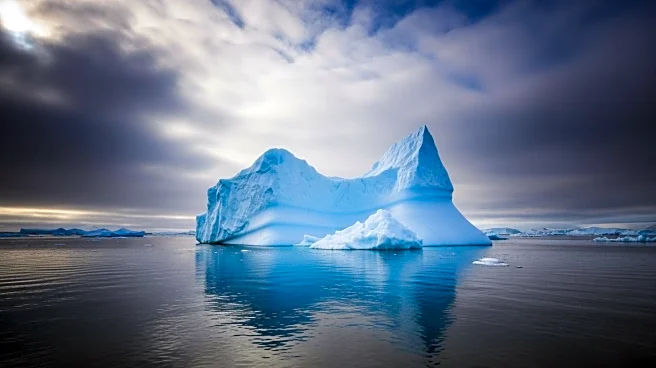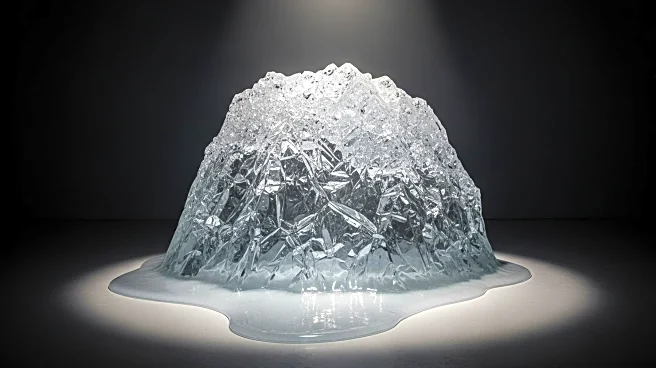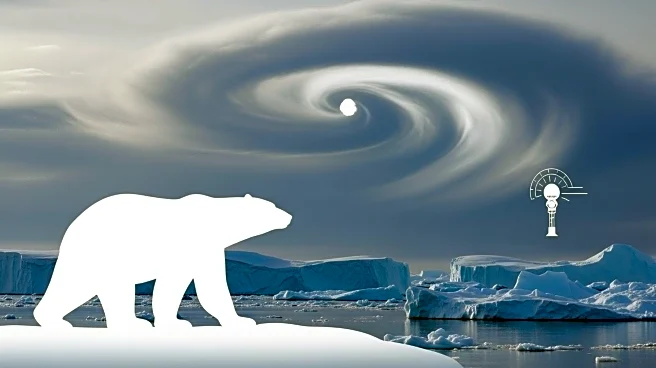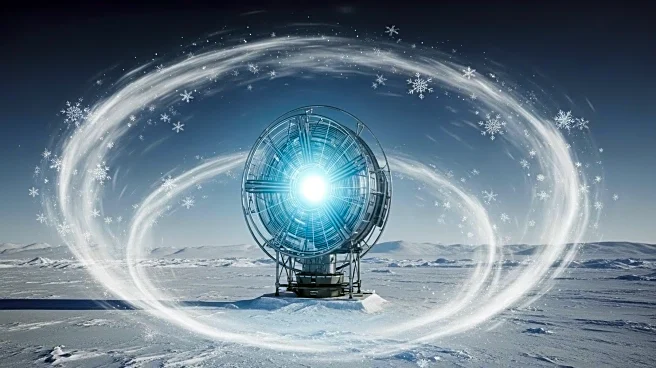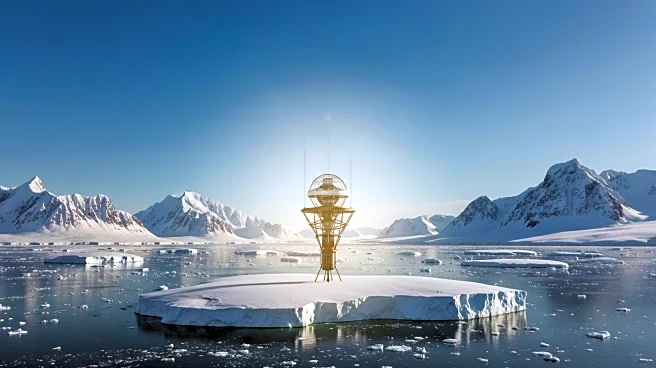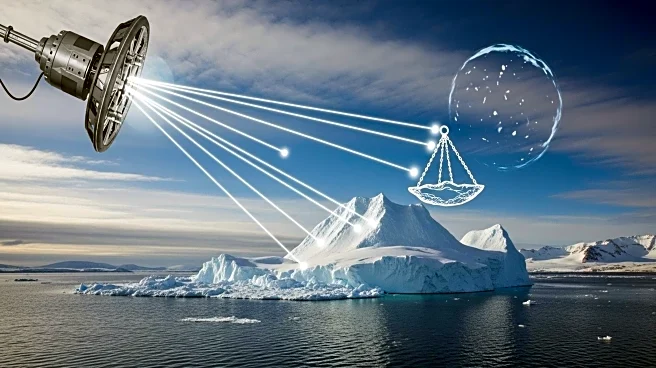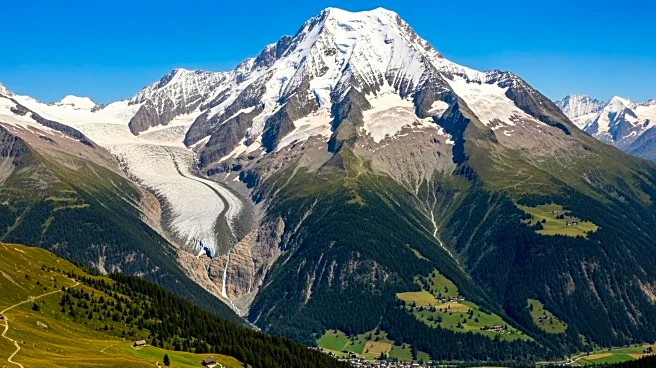What's Happening?
A group of over 40 scientists has issued a warning against the use of geoengineering techniques in the Arctic and Antarctic to combat climate change. These methods, which include artificially thickening sea-ice and releasing reflective particles into the atmosphere, are considered risky and potentially harmful to the environment. The scientists argue that such techniques could disrupt global weather patterns and distract from the essential goal of reducing carbon emissions. The assessment, published in Frontiers in Science, highlights the feasibility and environmental risks of these geoengineering ideas.
Why It's Important?
The debate over geoengineering reflects broader concerns about how to effectively address climate change. While some view these techniques as potential tools to mitigate rising temperatures, others warn of their unpredictable consequences, particularly in fragile polar regions. The focus on geoengineering could divert attention and resources from proven methods of reducing greenhouse gas emissions. The discussion also raises geopolitical issues, as unilateral actions in the Arctic could lead to international tensions. The scientific community's caution underscores the need for careful consideration of the environmental and political implications of geoengineering.
Beyond the Headlines
The ethical and governance challenges of geoengineering are significant. Decisions about deploying such technologies could have global repercussions, necessitating international cooperation and regulation. The potential for geoengineering to create a false sense of security, delaying necessary emissions reductions, is a critical concern. The scientific community's call for more research highlights the need for informed decision-making in addressing climate change. The balance between innovation and caution will be crucial in determining the role of geoengineering in future climate strategies.
